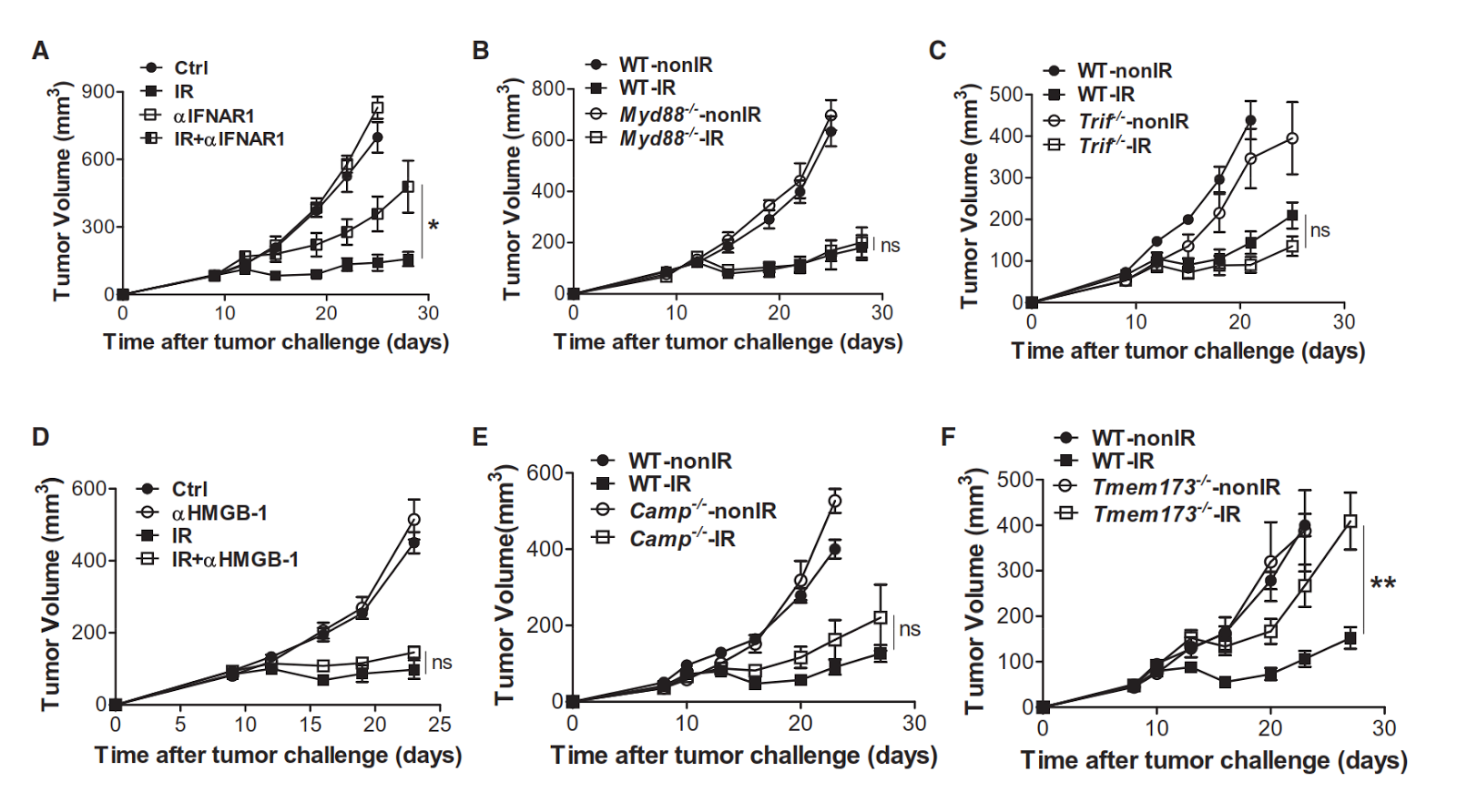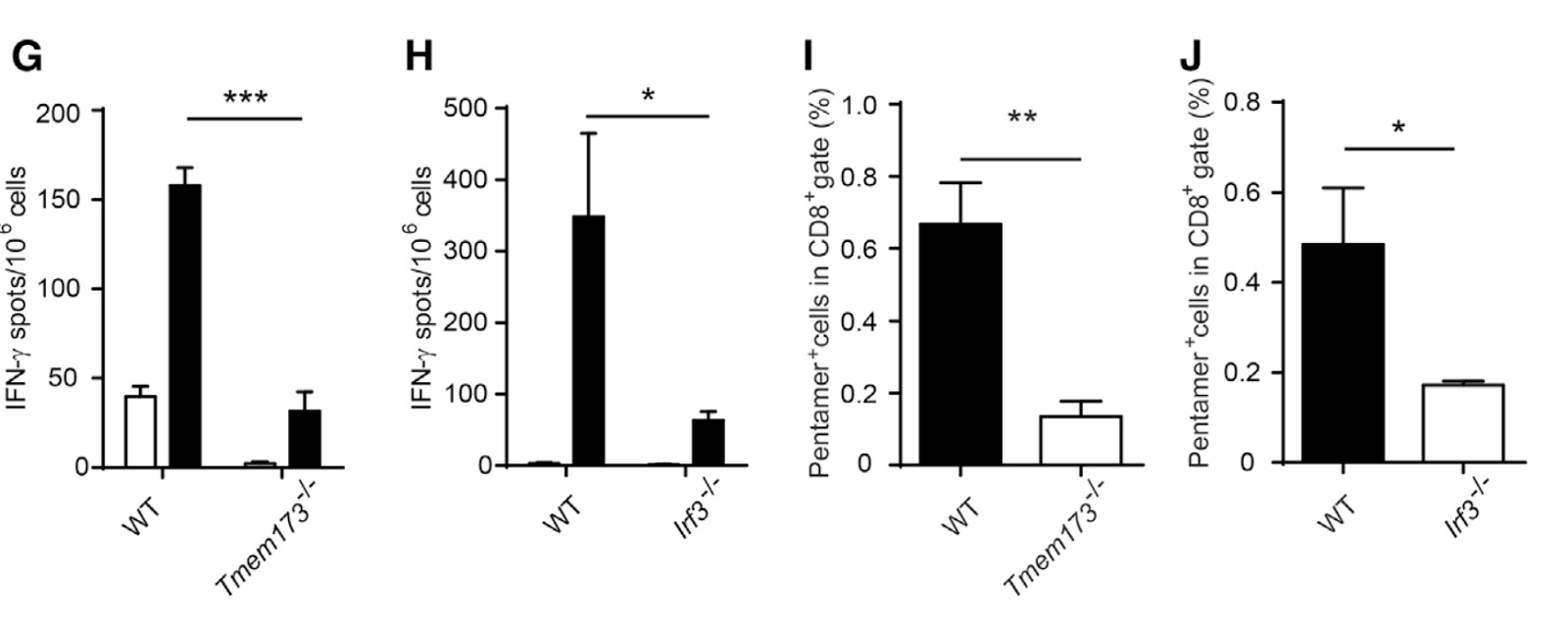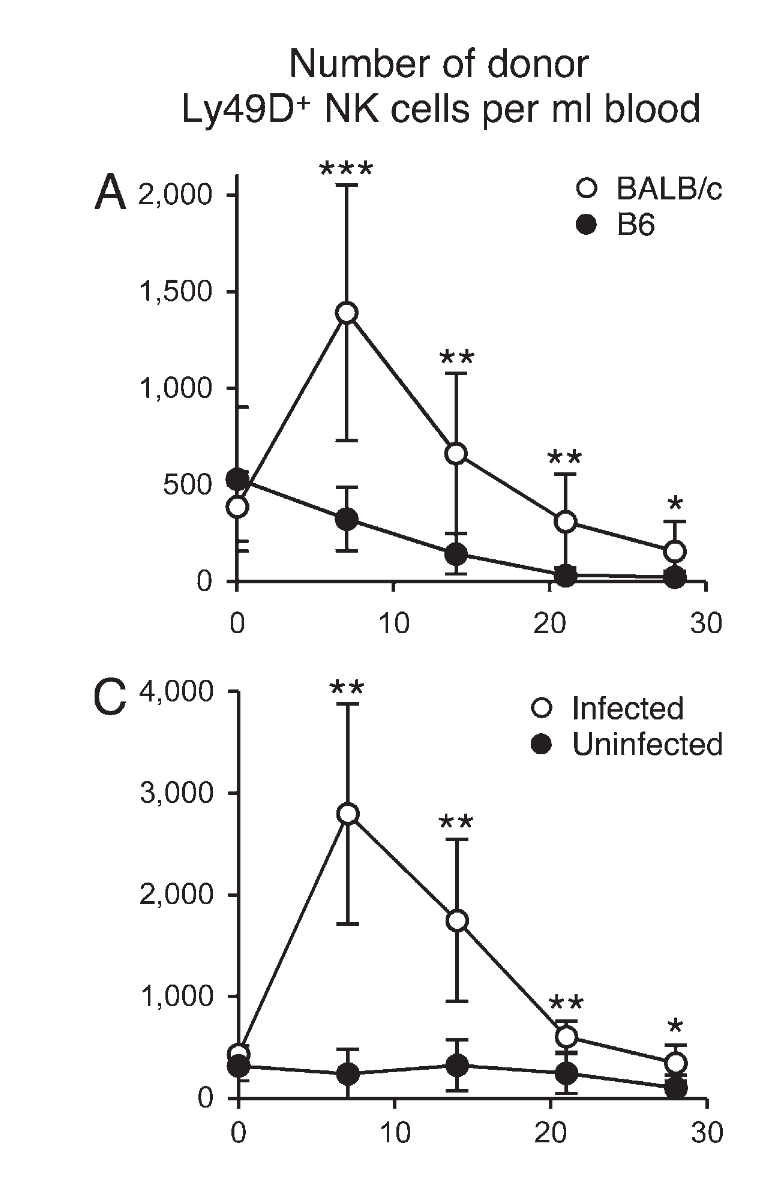Re-published from niaIDEAlist's Report.
For a scientist reading review articles about his/her research topics is a quite boring task, since review articles usually contain summaries of what are already known. The reviews have no real scientific purpose except as a source of citations and cool looking figures.
There is one reason I found review articles to be very useful to read. Frequently, the authors of the review puts in the review unpublished data or discusses the results of experiment as an "unpublished observation" or a "personal communication". These are data not available elsewhere. These can be so-called "negative data" that current publishing policies do not favor, though I think there is no such thing as negative data in science, if experiments were done correctly, of course.
Many times negative data can be a foundation for the scientific breakthrough. Here is one example from my personal experience.
Few years ago, I was working on one project related to in vitro Foxp3 induction in naive mouse T cells. At that time, Foxp3+ T cells were very popular. Almost every second paper in immunology was somehow related to Foxp3+ T regs. For me, the interest in Tregs has to do with the fact that current theoretical frameworks on how immune system operates can not tolerate the presence of negative regulatory populations. It is a strange idea but true. Neither self-nonself nor PAMP/DAMP based immune system requires Tregs to operate, theoretically speaking, of course.
My boss then, Polly, had an idea that Tregs are T cell subset driving different type (or class) of immune response rather that inhibiting anything. Since scientists did not measure all type of responses, they saw a down-regulation of a particular known immune type response as an evidence of inhibition rather than considering that system was shifted to unknown type (cytokine) not measured in the assay (for example, IgA or IL-???).
Unlike many laboratories working on Foxp3 induction using anti-CD3/anti-CD28 antibodies, I decided to use more physiological approach of Foxp3+ T cell induction using peptide pulsed DCs and naive peptide-specific CD4 T cells. Experiments went as expected that we were able to generate peptide-specific Foxp3+ CD4 T cells. During this same time period, new T cell subset, called Th17, has been discovered and characterized. It turned out that while Foxp3 induction required TGF-beta, one could generate Th17 simply by adding IL-6 in addition to TGF-beta (TGF-beta + IL-6). It was already shown by then that presence of IL-6 drove Th17 induction and while inhibiting Foxp3+ induction.
Since I was doing an assay with Foxp3+ T cells, I have decided, for no apparent reason, to add IL-6 in my assay. I was expected to see a decrease in Foxp3 expression and increase IL-17. Strangely, when I added IL-6 to Foxp3 induction milieu (TGF-beta, peptide, DCs, CD4 T cells) I noticed that percentage of Foxp3+ T cells went up rather than go down. Th17 induction was expected. I repeated this assay multiple times and over and over I saw that IL-6 was promoting rather than inhibiting Foxp3 induction in my hands.
Now, these results went completely opposite to what everyone else were reporting in the literature. I asked my fellow postdoc to repeat the same experiments to make sure that I was not doing something strange with my culture. Again, we saw the same: IL-6 promoted Foxp3+ T cell induction.
Using IL-4 or IFN-gamma KO mice on the same background, we observed that IL-6 effect on Foxp3 induction was abolished on IFN-gamma KO but not on IL-4KO background. Indeed, using anti-IFN-gamma antibodies with wild-type CD4 T cell assay confirmed that when IFN-gamma was blocked IL-6 lost its ability to increase Foxp3 expression. Parallel experiments showed that exogenous IFN-gamma inhibited Foxp3 expression and that IL-6 inhibited IFN-gamma expression, as expected from published literature.
In the end, after 5 months of continues work, we come up of new hypothesis that could explain our observation. Our finding suggested that IL-6 promoted Foxp3 expression by suppressing IFN-gamma expression in activated peptide-specific CD4 T cells. We reasoned that other laboratories failed to see the same effect since they were using anti-CD3/anti-CD28 activation mode rather more physiological, peptide activation mode. Indeed, in our hand too, IL-6 inhibited Foxp3 expression when anti-CD3/anti-CD28 antibodies were used to activate CD4 T cells.
So, we were very confident that we found something worthy of publication in one of prestigious journals.
Then, suddenly, we started to receive reports that mice from our mouse colony started to die in higher numbers than normally observed. People had no clue what was going on. In the end, after thorough investigation that took few months, it was revealed that new type, not yet described Streptococcus was causing mice death (one of clinical signs was a cardiomyopathy). The mouse colony was shut down, newly re-derived and repopulated.
As you may have already suspected, when we repeated our experiments with IL-6 on T cells from "clean" mice, we saw that now IL-6 was inhibiting Foxp3 expression rather than promoting it and this effect was seen both times when peptide or anti-CD3/anti-CD28 were used.
These are the type of experiences that make someone like me to appreciate why we do science. As to new Streptococcus we discovered, I did not have a chance to study it but I hope someone will be doing his/her PhD by studying this unusual bacteria and its unusual effects on immune system.
David Usharauli




.png)
.png)
.png)
.png)
.png)
.png)
.png)












.png)







.png)


















